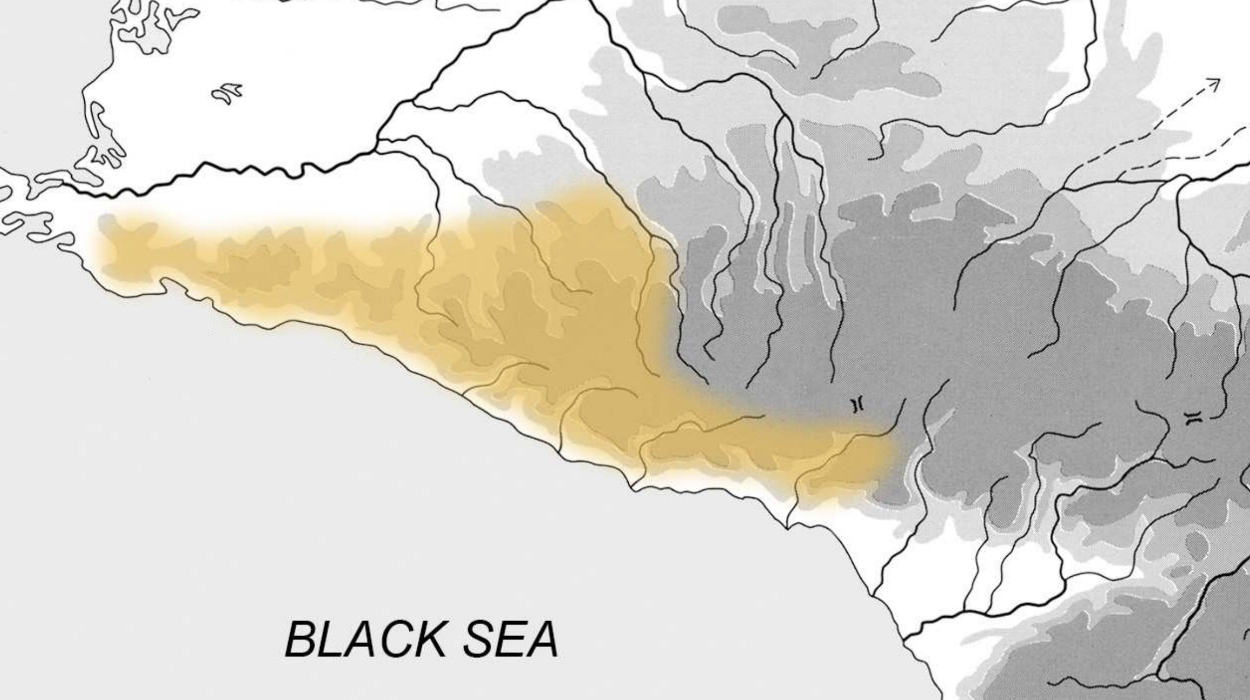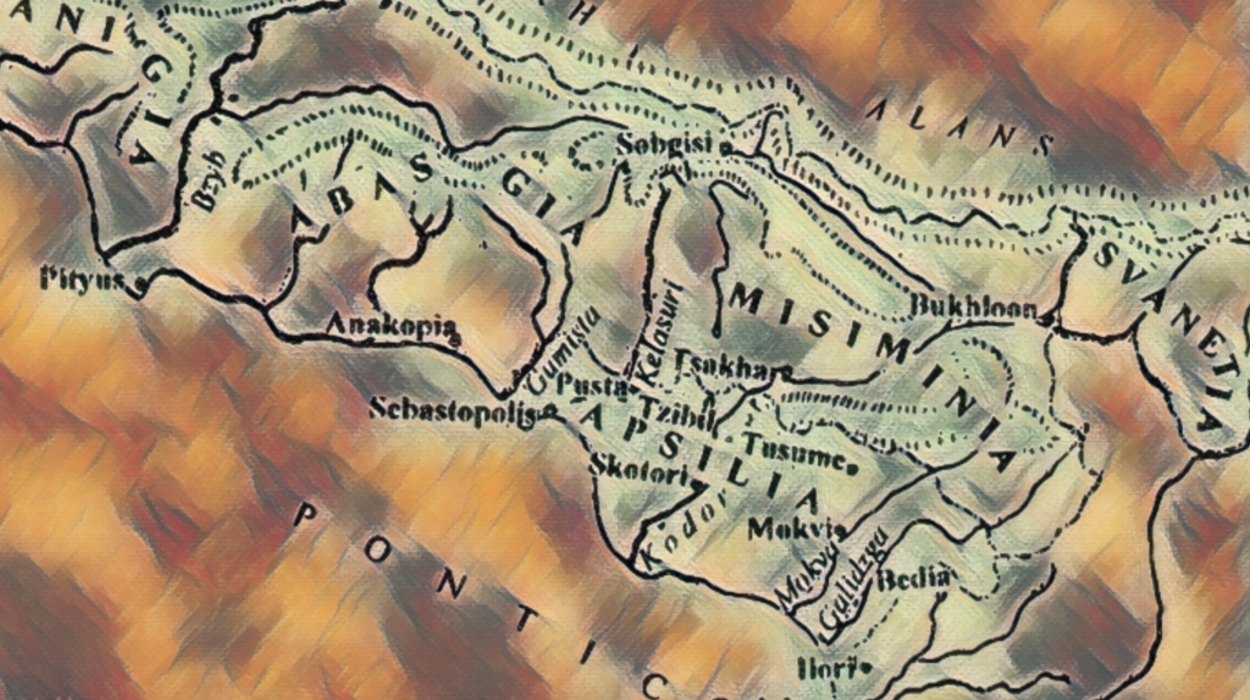What Distiguishes Caucasian Megaliths from European Ones? By Viktor Trifonov

Trifonov, V. (2013). What distinguishes Caucasian megaliths from European ones? In S. Bergerbrant & S. Sabatini (Eds.), Counterpoint: Essays in Archaeology and Heritage Studies in Honour of Professor Kristian Kristiansen (pp. 321–328). BAR International Series, 2508.
Abstract:
The Caucasian dolmens represent a unique type of prehistoric architecture, constructed using precisely dressed stone blocks. These monuments date from the end of the fourth millennium to the end of the second millennium BC. Their origins remain unknown. Since the early nineteenth century, numerous hypotheses have been proposed to explain the origins of these dolmens through external migrations. Today, this search for parallels continues to be a popular endeavour, albeit sometimes at the expense of more in-depth studies focusing on the dolmens' local cultural, chronological, social, and ecological contexts.
The increasingly rigorous standards of recent excavations in the Caucasus, which encompass the entire structure of the tomb rather than focusing solely on the interiors of burial chambers, are revealing that comparisons between the plans of poorly excavated megalithic sites, whether European or Caucasian, can be dangerously misleading.
Keywords: Megalith, dolmen, reconstruction archaeology, Caucasus, Zhane Valley, Dzhubga, ashlar masonry
Read more …What Distiguishes Caucasian Megaliths from European Ones? By Viktor Trifonov



